
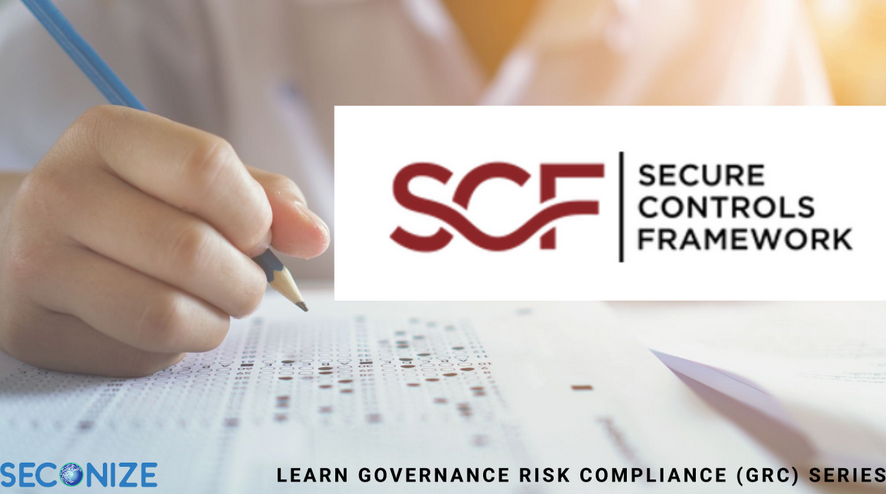
The increasing complexity of cyber threats and regulatory demands calls for a structured, efficient approach to managing security and compliance. The Security Controls Framework (SCF) provides a unified model that simplifies the implementation of security measures while ensuring adherence to multiple regulatory standards. By consolidating various security controls into a single, adaptable framework, SCF enables organizations to strengthen their defenses, reduce redundancies, and efficiently manage risk across different environments and industries.
In this blog post, we’ll explore the fundamentals of SCF, why it’s essential, and how automating SCF can elevate an organization’s cybersecurity posture.
What is the Security Controls Framework (SCF)?
The Security Controls Framework (SCF) is an open-source catalog of over 850 controls designed to help organizations implement a unified, multi-compliance security program. Covering 32 security and privacy domains, SCF provides a structured approach to managing security risks while ensuring compliance with regulatory and industry-specific frameworks such as NIST, GDPR, HIPAA, ISO 27001, PCI-DSS, and many others.
SCF provides a structured catalogue of best practices that can be applied across different industries, making it an adaptable and scalable solution for organizations of all sizes.
Key Features and Benefits of Security Controls Framework
-
Extensive Coverage Across 32 Domains: SCF covers 32 security and privacy domains, ensuring comprehensive protection across an organization’s operations. These domains span key areas such as risk management, data protection, identity and access management, incident response, asset management, and vendor management, among others.
-
Over 850 Security Controls: SCF includes over 850 controls that can be mapped to various compliance requirements, including GDPR, CCPA, HIPAA, NIST CSF, and more. These controls are designed to address a wide range of security risks and compliance obligations, making SCF highly versatile and applicable to different industries.
-
Unified Compliance: SCF streamlines the process of managing multiple regulatory requirements by mapping each control to the corresponding requirements from various frameworks. This eliminates the need for organizations to implement separate controls for each standard, significantly reducing redundancy and operational complexity.
-
Risk Management Focus: SCF’s controls are designed with a strong focus on risk management. They help organizations identify and assess risks, apply appropriate controls to mitigate those risks, and continuously monitor the effectiveness of those controls.
-
Tailored Security: SCF is highly flexible and adaptable, allowing organizations to tailor the controls to their specific business needs, risk profiles, and regulatory obligations. Whether a business is a small startup or a large enterprise, SCF’s scalable nature makes it applicable across different sizes and industries.
Security Controls Framework’s 32 Domains and Key Controls
The SCF organizes its 850+ controls across 32 domains, each of which focuses on a critical aspect of security and privacy management. Some of the key domains include:
-
Governance and Risk Management: Ensures that security policies and processes are aligned with business objectives, while identifying, assessing, and mitigating risks.
-
Data Security: Controls for ensuring the confidentiality, integrity, and availability of sensitive data, including encryption and data masking.
-
Identity and Access Management (IAM): Ensures that only authorized users have access to critical systems and data, helping prevent unauthorized access and insider threats.
-
Incident Response: Provides guidelines for detecting, responding to, and recovering from security incidents, including breach reporting and forensic analysis.
-
Compliance Management: Controls designed to ensure that organizations meet their regulatory obligations and avoid penalties related to non-compliance.
-
Monitoring and Auditing: Continuous monitoring and periodic auditing of security systems to ensure that controls remain effective and are updated to address emerging threats.
Each of these domains is supported by multiple controls, offering organizations a flexible framework that can be customized to address specific threats, compliance requirements, and operational needs.
Security Capability Maturity Model in Security Controls Framework
The Security Capability Maturity Model within the Security Controls Framework (SCF) provides a structured approach for organizations to evaluate and enhance their cybersecurity posture over time. It enables businesses to assess the maturity level of their security processes, from basic, ad-hoc implementations to advanced, optimized security operations.
This model helps organizations progress through different maturity levels by outlining the necessary controls and best practices for continuous improvement. By following the SCF maturity model, organizations can evolve from reactive approaches—focused on addressing security issues as they arise—to proactive strategies that anticipate and mitigate risks before they materialize.
This model is crucial for ensuring that security capabilities grow alongside the organization’s expanding operational needs and regulatory requirements.
Risk Management Model in Security Controls Framework
SCF’s Risk Management Model is designed to help organizations systematically identify, assess, and mitigate risks across their entire security landscape.
This model emphasizes the integration of risk management into everyday business operations by aligning security controls with the organization’s risk appetite and tolerance levels. SCF’s controls are mapped to critical risk categories—such as operational, legal, and reputational risks—enabling a comprehensive approach to risk mitigation.
The model also supports continuous risk monitoring, allowing organizations to dynamically adjust their controls based on evolving threats and vulnerabilities. By implementing this risk management model, organizations can reduce the likelihood of security incidents and improve resilience against cyber threats, all while ensuring compliance with regulatory requirements.
Why Automate Security Controls Framework?
Automation in the Security Capability Maturity Model
Automation in the Security Capability Maturity Model streamlines processes like security assessments, compliance audits, and control monitoring. By automating these tasks, organizations can continuously track their security progress, identify gaps, and implement improvements faster. This helps in reducing manual effort, improving accuracy, and accelerating advancements in security maturity, making the organization more resilient and scalable.
Automation in the Risk Management Model
In the Risk Management Model, automation enhances vulnerability scanning, risk assessments, and threat monitoring. It enables real-time risk identification and mitigation by analyzing data, assigning risk scores, and recommending actions. Automated tools allow faster, more consistent risk management, reducing human error and improving decision-making, leading to more proactive and efficient security measures.
Benefits of Automating SCF:
Manual implementation and monitoring of SCF controls can be tedious and error-prone. This is where automation steps in to streamline and enhance the efficiency of the SCF framework.
-
Efficiency and Accuracy: Automating SCF controls eliminates human errors and reduces the time spent on manually tracking compliance activities. It ensures controls are applied consistently across the organization.
-
Real-time Monitoring: Automation tools allow for continuous monitoring of security controls and policies, ensuring any deviations from compliance or security posture are flagged in real-time.
-
Cost Reduction: By automating repetitive tasks such as control assessments, auditing, and reporting, organizations can reduce the cost associated with manual labor and resource allocation.
-
Proactive Security: Automation enables organizations to detect vulnerabilities and compliance gaps early, allowing for faster remediation before risks escalate.
-
Scalability: As businesses expand, automation enables scaling without the need for proportionate increases in human oversight or labor, making it a cost-effective solution for growing enterprises.
Conclusion
The SCF provides a comprehensive, scalable, and adaptable method for ensuring organizations remain secure while meeting multiple regulatory compliance standards. By unifying various compliance frameworks into a single model, SCF streamlines security and compliance processes, offering organizations the flexibility and control needed in today’s complex threat landscape.
Automation adds another layer of effectiveness to SCF by ensuring that security controls are applied consistently, monitored in real time, and adjusted dynamically in response to new threats or regulatory changes. As cybersecurity threats continue to evolve, SCF combined with automation can significantly enhance an organization’s ability to manage risks and safeguard its critical assets.
For organizations looking to stay ahead in the cybersecurity game, adopting SCF and embracing automation is a strategic move toward more resilient and proactive security management.
Call to Action: Interested in automating your SCF framework to ensure stronger security and compliance? Learn how Seconize’s DeRisk Center can help you seamlessly integrate and automate SCF for your organization.

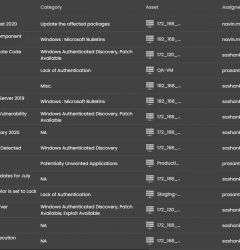


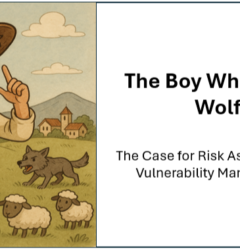

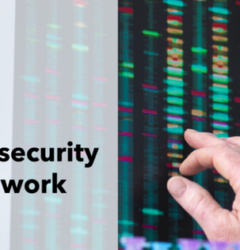
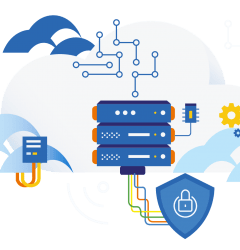






Recent Comments